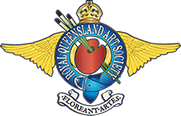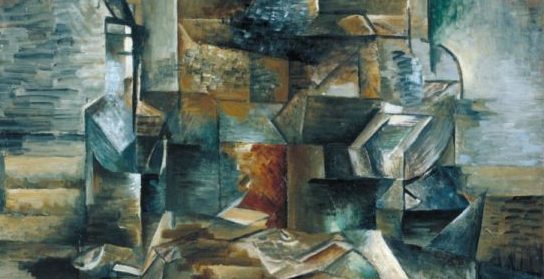All art forms and processes involve abstraction of some kind, even when the aim is representation of recognisable forms. But in modern parlance, abstract art is that which uses the visual language of shape, form, colour and line to create a composition which may exist with a degree of independence from visual reference to the world.
However, the varying forms and degrees of abstraction in art can leave a viewer in some confusion, especially as many artists today will argue that all art is abstract (see for example the comments of Australian Artist Irene Amos). After all, paintings and drawings consist simply of marks put together on a flat surface, with or without representational effect, and even translating from a 3D subject onto a 2D ground must involve considerable abstraction from observed reality.
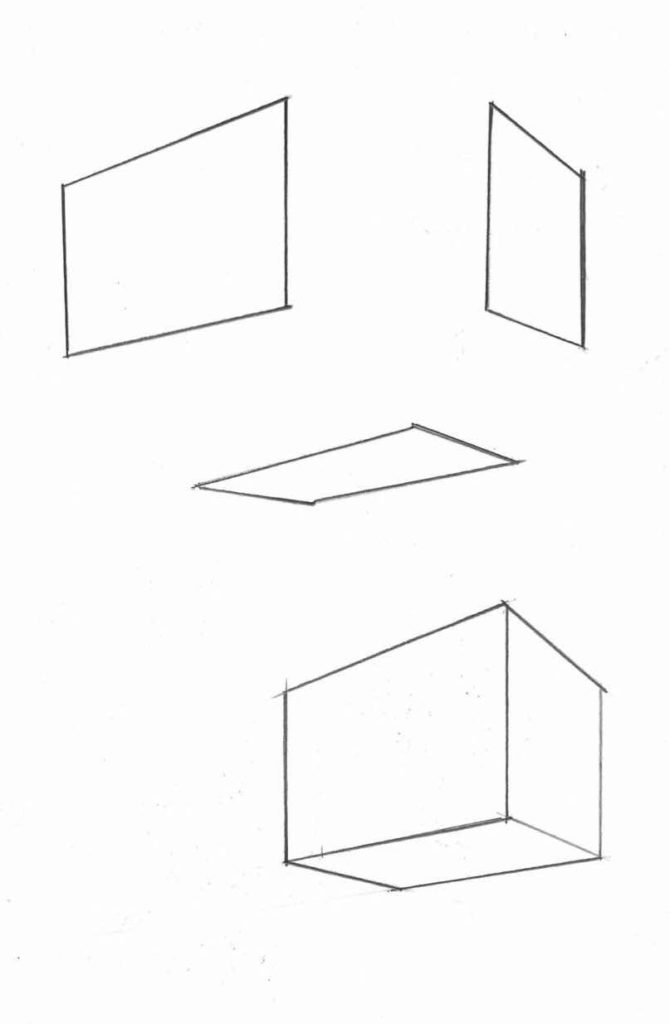
The modern identification of ‘abstract’ with non-representational art may therefore be somewhat misleading, and perhaps a misrepresentation of the translative art process.
Nevertheless, in so-called pure abstraction an artist uses gestural marks or geometric shapes which have no obvious source in the external visual world but can relate instead to (for example) emotion or music (such as Kandinsky/Mondrian or Bridget Riley).
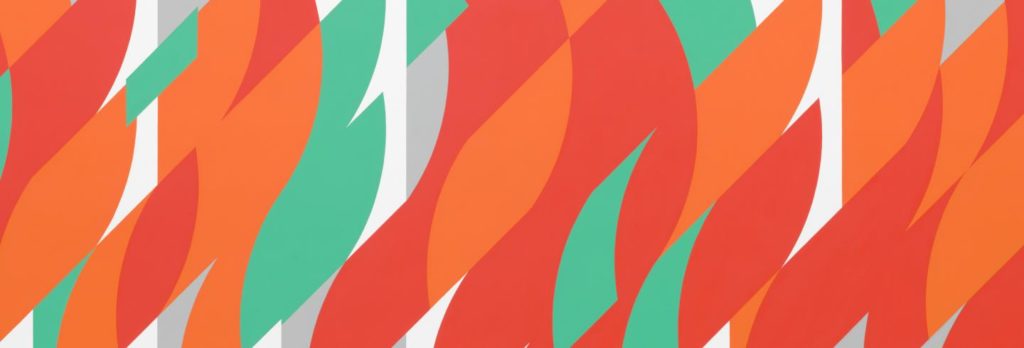
Art labelled abstract expressionism, as practised by artists like Helen Frankenthaler or Jackson Pollack is, by definition, expressive of something though artists may argue about exactly what.
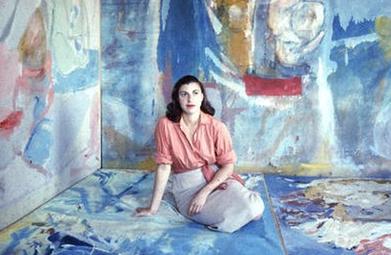
The abstraction employed in other schools of art like Fauvism, Dadaism or Cubism retains more of a link, however attenuated or distorted, to the visual world (such as Henri Matisse or George Braque).
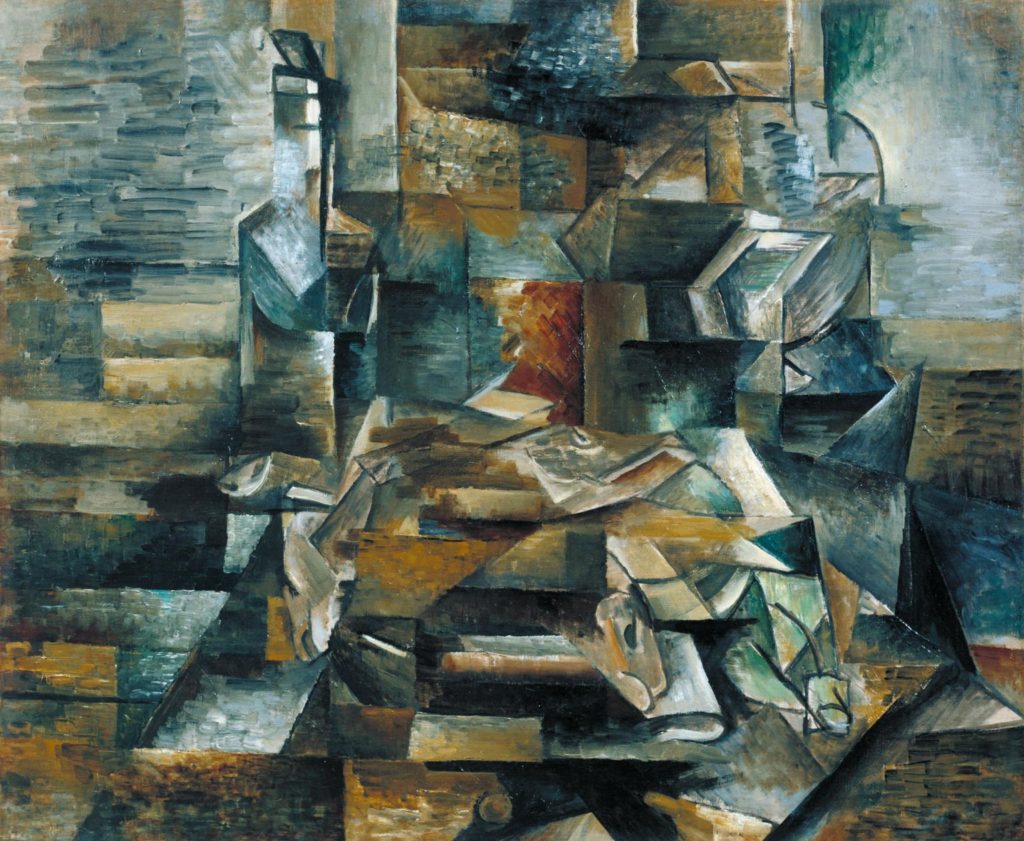
The degree and nature of this link varies from artist to artist as can be seen in contemporary works by Wendy Sharpe or Georgia O’Keefe which abstract in a painterly way from clearly recognisable forms.
‘Abstract’ is thus a term broadly used, making the distinction between various forms of abstract art not always immediately obvious. This probably does not matter except to art historians. The average viewer will take each work on its own terms and make their own judgments.
Join us as we explore all styles of abstract art in the Abstraction Exhibition this June 2020
Other interesting Links:
- BBC arts documentary in which painter and critic Matthew Collings charts the rise of abstract art over the last 100 years. Including reference to the fascinating spiritual painter Hilma Af Klint with her work from 1907.
- Tate Blog Post “Some artists of this ‘pure’ abstraction have preferred terms such as concrete art or non-objective art, but in practice, the word abstract is used across the board and the distinction between the two is not always obvious.”
- John Wolseley’s work highlights the blending of spontaneous process with a rich artistic journey, the marks of which are both left on the work and incorporated into his mixed media art.
